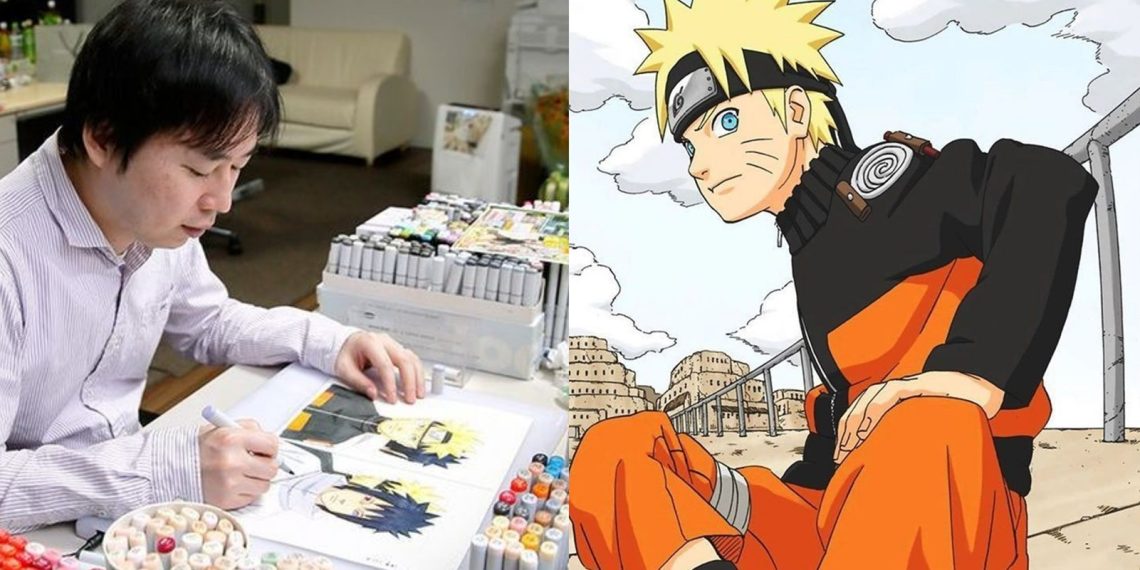Masashi Kishimoto, the creator of Naruto never always had it easy, and the route to success was for sure a bumpy road. Many of us consider Naruto as one of the greatest in the Manga/Anime industry. It made our childhoods even before we all knew the concept of Anime.
However, Naruto broke many barriers not only in Japan but throughout the entire world. So why don’t we understand what caused the creation of the famous Naruto and what sort of upbringing?
So to kick things all off, let’s understand the early life of Masashi Kishimoto and what his upbringing was like, I’m sure there will be a lot of new facts that you guys will learn about the creator of Naruto and how his childhood helped shape this masterpiece which would go on to take the world by storm.
Collecting countless awards for his amazing artwork and story, gained millions of die-hard fans who would go to all sorts of lengths for this particular series and went on to become one of the greatest Shounen Mangaka of all time.
However, life wasn’t always like this for the creator of Naruto. In this article we’ll be going through the early life of the famous Masashi Kishimoto and how he went on to create the masterpiece which we all know as Naruto.
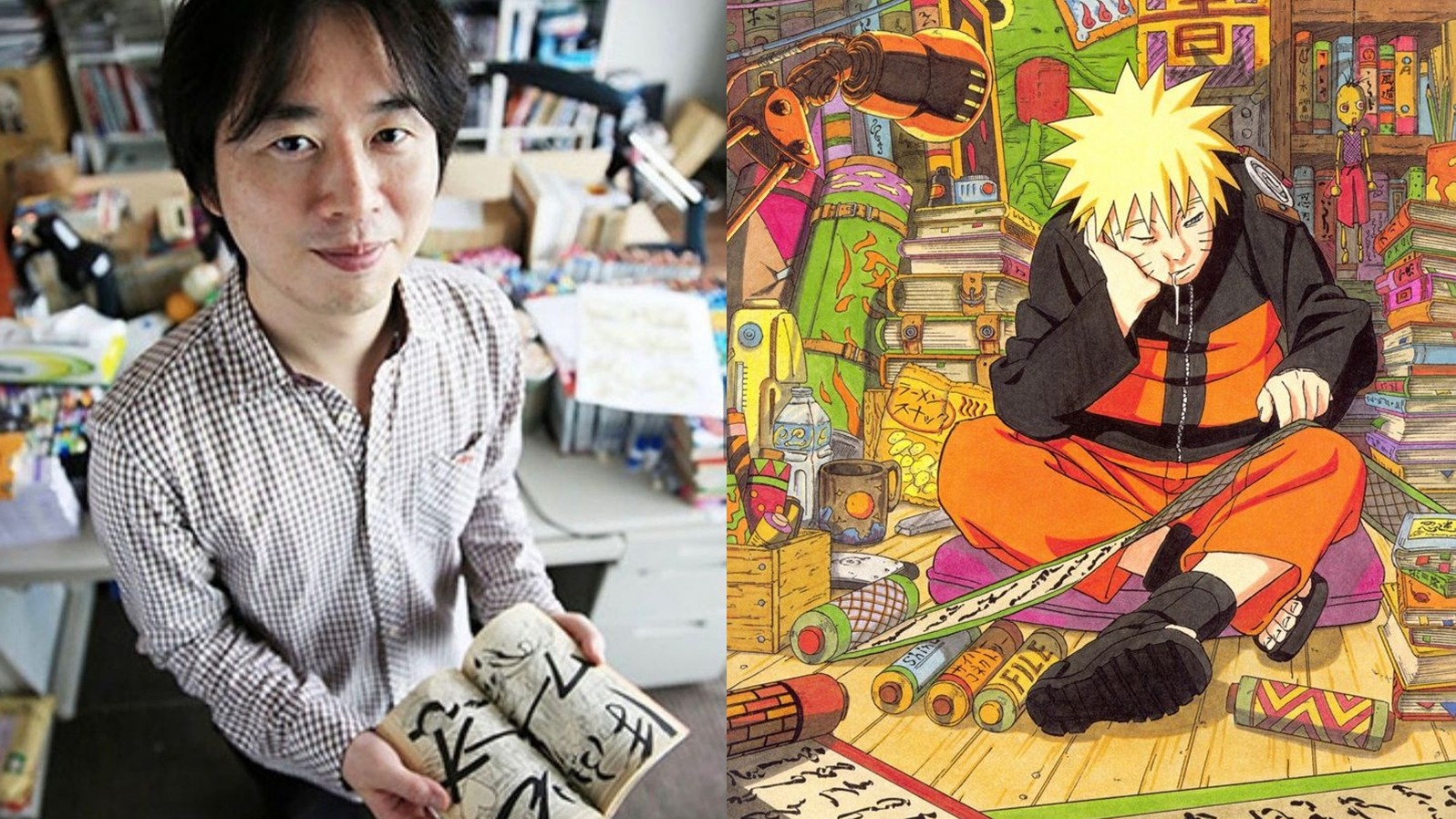
Masashi Kishimoto
Masashi Kishimoto was born in Okayama Prefecture, Japan on November 8th, 1974. However, he is the older identical twin brother of Seishi Kishimoto, it’s not every day that twins are born into the world.
In his childhood, he showed interest in illustrating characters from the anime he watched, like Doraemon and Dr. Slump. Later in elementary school, Kishimoto used to watch animes with his twin brother like Kinnikuman and Dragon Ball anime
In the following years, Kishimoto started looking up to Akira Toriyama, the creator of Dragon Ball, enjoying not only his series Dragon Ball and Dr. Slump but also Dragon Quest, a video game for which Toriyama was an art designer.
However, he could not afford to buy Weekly Shōnen Jump where the Dragon Ball manga was published, so he used to borrow it from his brother. By high school, Kishimoto started losing interest in manga as he started playing baseball and basketball, he was heavily involved in these sports activities.
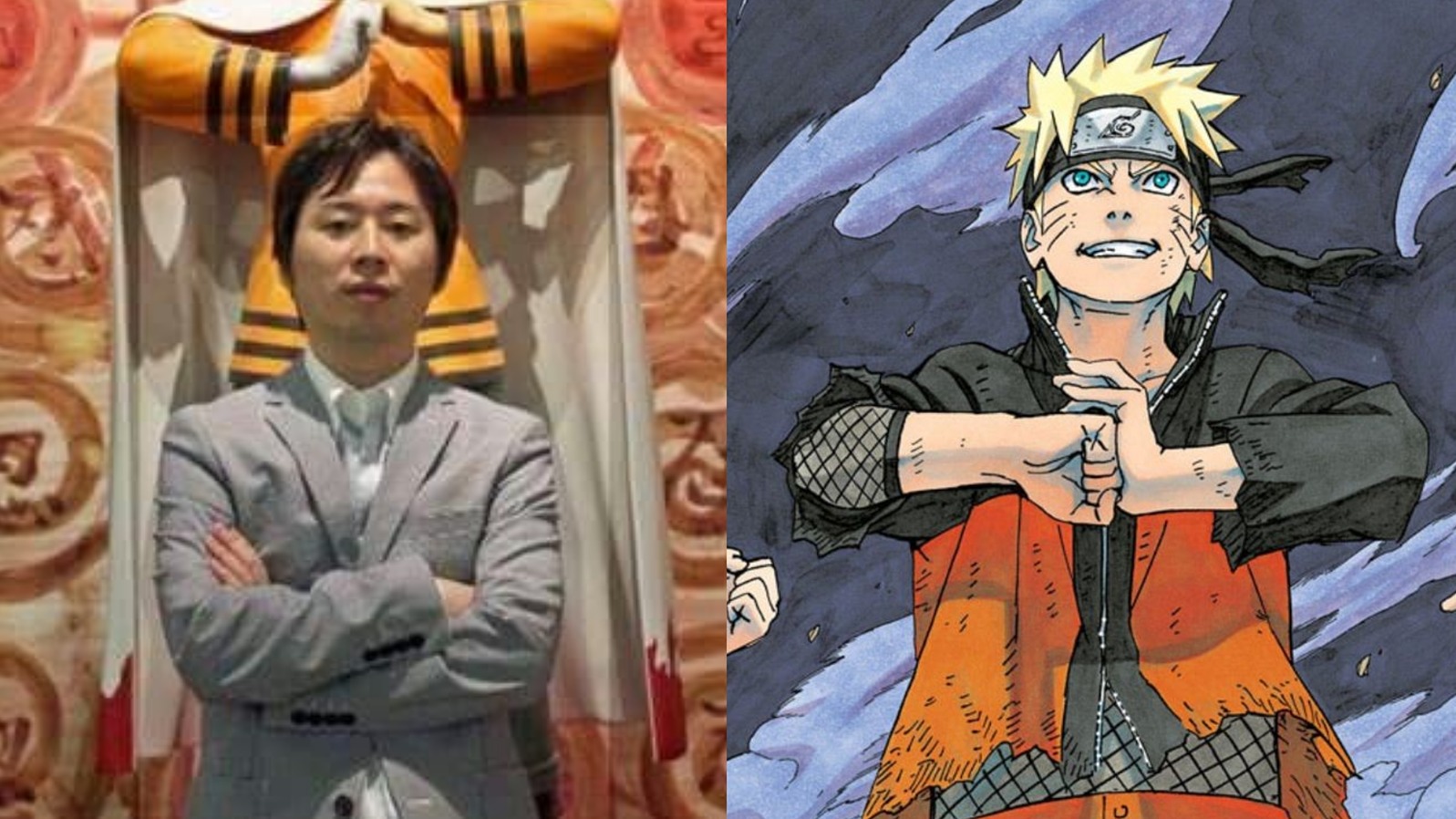
Masashi Kishimoto’s Journey of Becoming Mangaka
Upon seeing a poster for the anime film Akira, Kishimoto became fascinated with the way the illustration was made and wished to imitate the series’ creator Katsuhiro Otomo’s style.
Well because of his massive interest in creating Manga, his grades weren’t the best, I mean that’s typical if you are so invested in wanting to do something else, a lot of us can relate to this. Just think if Kishimoto never came across the Akira poster, then our lives would look so different right now.
But thank god Kishimoto saw that poster, who knows Kishimoto could be in the NBA or MLB right now. In the last years of school, Kishimoto started drawing manga and attended an art college with hopes of becoming a manga artist.
When he entered college, Kishimoto decided he should try creating a Chanbara manga since Weekly Shōnen Jump had not published a title from that genre, as for what a Chanbara Manga is, it is a series created from the influence of Japanese history such as the Samurai.
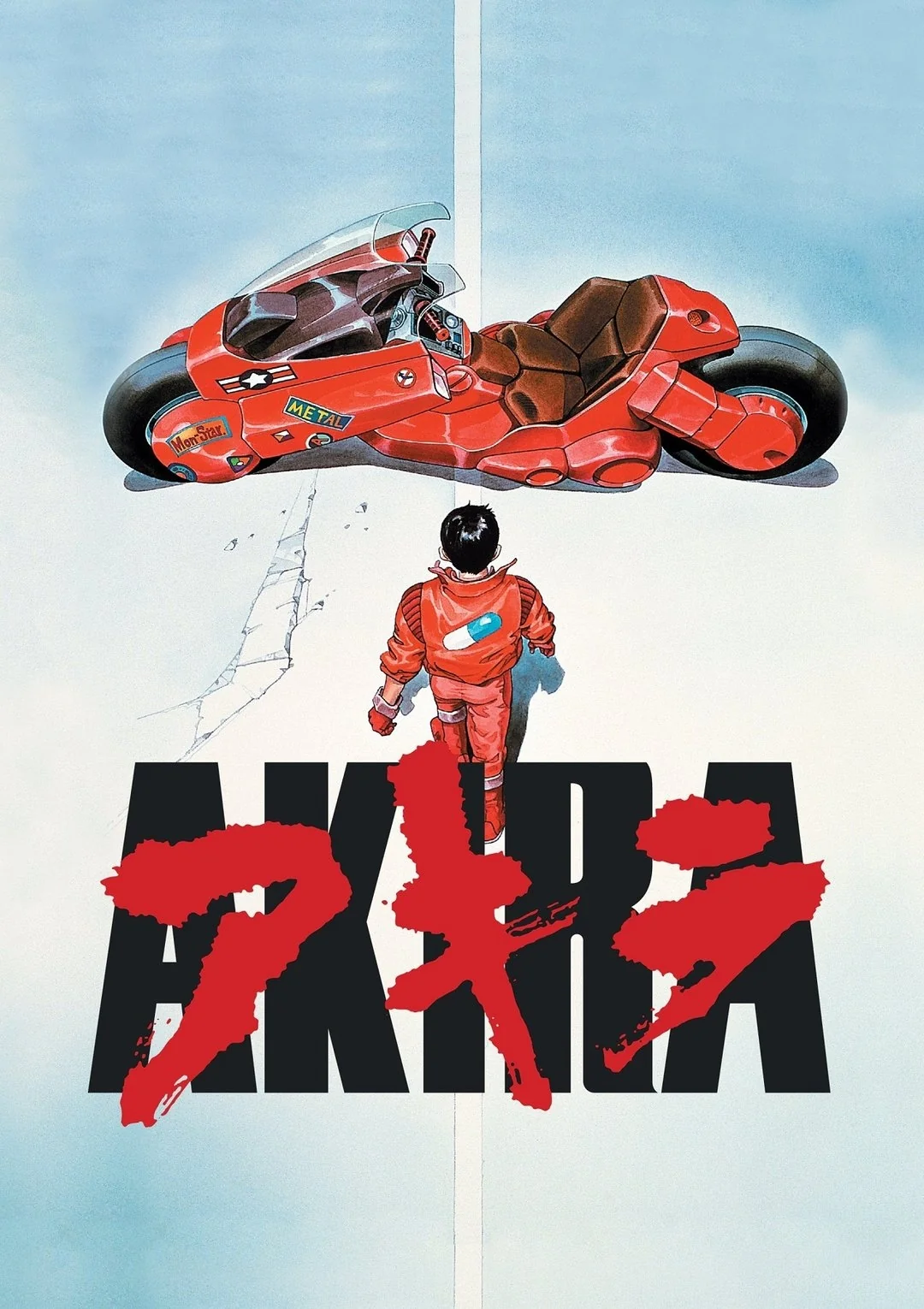
Kishimoto’s Inspiration
Kishimoto read manga like Nobuhiro Watsuki’s Rurouni Kenshin and Hiroaki Samura’s Blade of the Immortal, which were of the same genre. Kishimoto has never been surprised by manga after reading Akira and thought that he still was not ready to compete against them.
In the second year of college, Kishimoto drew manga for magazine contests. One of those magazines was for Shonen Jump. However, he mentioned that his works are similar to seinen manga, which are aimed at young adult audiences, rather than the shonen manga read by children.
Wishing to write a manga for Shōnen Jump that targets a younger audience, Kishimoto found his style unsuitable for the magazine.
After watching the anime called Melos, Kishimoto was surprised by its character designs that were employed by the animators, so he started researching the works of the animators.
That led to him meeting Tetsuya Nishio, who did the anime adaptation of the manga Ninku. He had a big influence on Kishimoto.
Kishimoto said that his style started becoming more suitable for a shonen series from the way of drawing from multiple character designers from anime series,
Tetsuya Nishio Kishimoto
in 2020 in 2013 pic.twitter.com/USiS95XRoC— Abdul Zoldyck (@Abdul_S17) January 30, 2020
Masashi Kishimoto’s First Manga
Now onto the point that would go on to change Kishimoto’s life forever and that is his earlier works during the mid 90’s. Kishimoto’s first successful manga was Karakuri, translated into Mechanism, which was published in 1995 in Shueisha.
This earned him an honorable mention in Shueisha’s monthly “Hop Step Award” in 1996, which is awarded to promising rookie manga artists. At this point, he was assigned an editor, Kosuke Yahagi.
Kishimoto worked on a number of rejected drafts including a slice-of-life manga, Michikusa which is translated to Wandering Detour as well as an action manga which was also rejected known as, Asian Punk.
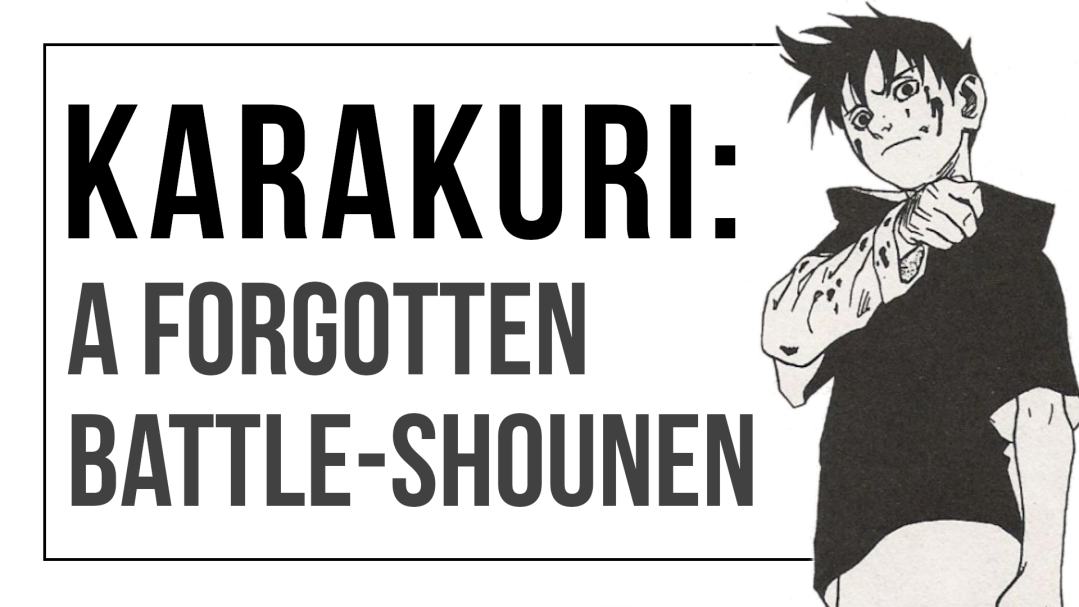
Birth of One of the Greatest Manga/Anime: Naruto
In 1997 Kishimoto wrote a one-shot version of Naruto which was published in Akamaru Jump Summer and was well received but proved difficult to rework into a continuing series. Later in December 1997, Kishimoto got the chance to release a One Shot in WSJ.
So, Kishimoto brought out his previous work Karakuri which won an award in Sheuisha’s monthly hot step award back in 1996 but because of the tight deadline, he couldn’t finish Karakuri as he wanted. Unfortunately, when One Shot debuted 2 weeks later, it wasn’t received well by the readers, which led to immediate cancellation.
Because of this setback, believe it or not, Kishimoto decided to delve into the world of Seinen Manga, with drafts for a baseball manga, Yakyūō translated to Baseball King, and also surprisingly a mafia manga called Mario, in hopes of finding better luck with a Seinen magazine.
Yahagi, his editor at the time, persuaded him to give the shōnen genre one last try and Kishimoto began working on storyboards for a fantasy one-shot called Magic Mushroom, but he stopped when Yahagi called and asked him to instead develop storyboards for serialization.

Naruto’s Rebirth
Yahagi and Kishimoto submitted a version of Naruto with a different story, as they produced storyboards for the first three chapters, which led them to win a spot in the magazine. In the next six months, Kishimoto revised and redrew the first several chapters of the series many times until he was satisfied.
This was the turning point in Kishimoto’s life, after countless failures, his resilience paid off, In September 1999, the serialized version of Naruto premiered in Weekly Shōnen Jump and quickly became popular with the manga getting an Anime adaptation in mid-2002, which increased its popularity even more, not only in Japan but throughout the world.
Also, let’s keep in mind that Anime and manga were sort of looked down upon during this time, but Kishimoto helped to change that.

Masashi Kishimoto’s Achievements
After more than 15 years of serialization, Naruto Manga ended on November 10th, 2014, with a total of 700 chapters collected in 72 volumes. It sold over 113 million copies in Japan and over 95 million copies in the US.
Followed by over 93 million copies worldwide outside Japan and the United States as of volume 36. Later, Naruto was adapted into two successful anime.
The Naruto manga series became one of Viz Media’s top properties, accounting for nearly 10% of all manga sales in the US in 2006. The seventh volume of Viz Media’s release received the Quill Award when it claimed the award for Best Graphic Novel in 2006, and it was the first ever manga to do so.
Responding to Naruto’s success, Kishimoto said in Naruto Collector Winter 2007 & 2008 that he was very glad that the American audience accepted and understood his work based on the Japanese concept of ninja. He said that the American audience has good taste since they enjoyed something they were previously unfamiliar with.

Fun Facts About Masashi Kishimoto
A little fun fact is that two of his former assistants, Osamu Kajisa the creator of Tattoo Hearts, and Yuuichi Itakura the creator of Hands, have gone on to moderate success following their work on Naruto which allowed their series to be published in Weekly Shonen Jump.
Anyways another fun little fact is that in 2009, Kishimoto designed an extra costume for Lars Alexandersson for Tekken 6; in 2010 this character appeared in Naruto Shippuden: Ultimate Ninja Storm 2 as part of a special cross-promotion.
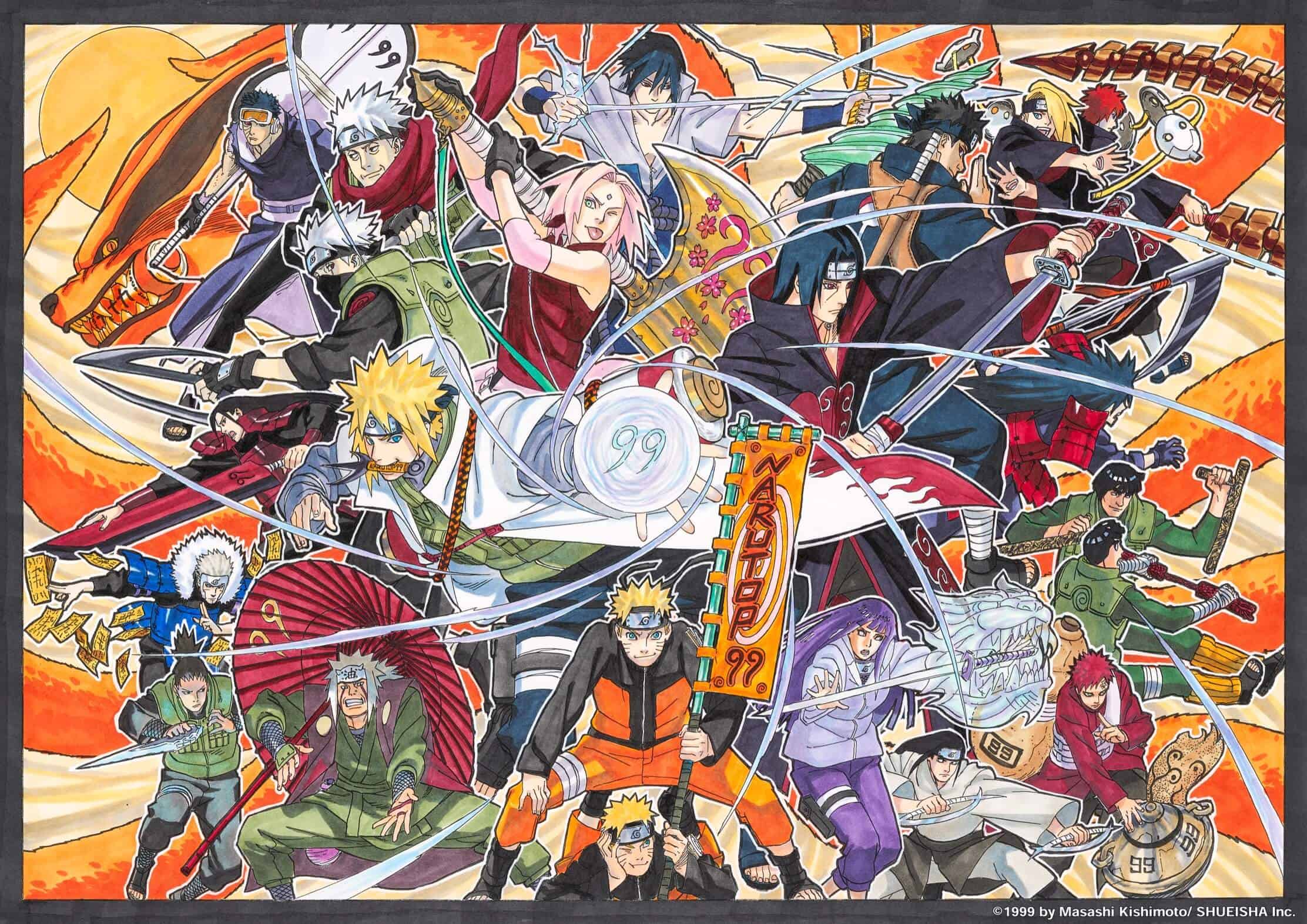
Later in 2010, Kishimoto worked on a one-shot baseball manga by the name Bench. He did it as part of Weekly Shonen Jump’s Top of the Super Legend project. It is a series of six different one-shot manga made by Weekly Shonen Jump artists.
Anyways more recently, Kishimoto in 2017 decided to aid the work of Boruto whilst he overlooked Mikio Ikemoto and Ukyo Kodachi to take on Boruto towards success.
Kishimoto Tries to Return As a Mangaka
In 2019, Kishimoto wanted to dive back into the world of the Shonen genre. However, with a totally different series and that was Samurai 8: The Tale of Hachimaru. But it didn’t gain the same success as Naruto and instead was canceled on March 23rd, 2020, where it spanned 43 chapters.
Most recently in November 2020, Kishimoto announced that he would now take on writing duties from Kodachi with the Boruto series, so there is still so much to see of Kishimoto’s works. We are blessed that he started writing for the Boruto series now.
The latest work of Kishimoto is Naruto: The Whorl Within the Spiral. It is a one-shot manga on Minato’s life which was made after the fans voted for their favorite Naruto character. This manga is both written and illustrated by Masashi Kishimoto and also his latest work as of November 2023 (Boruto manga is only written by him, not illustrated).
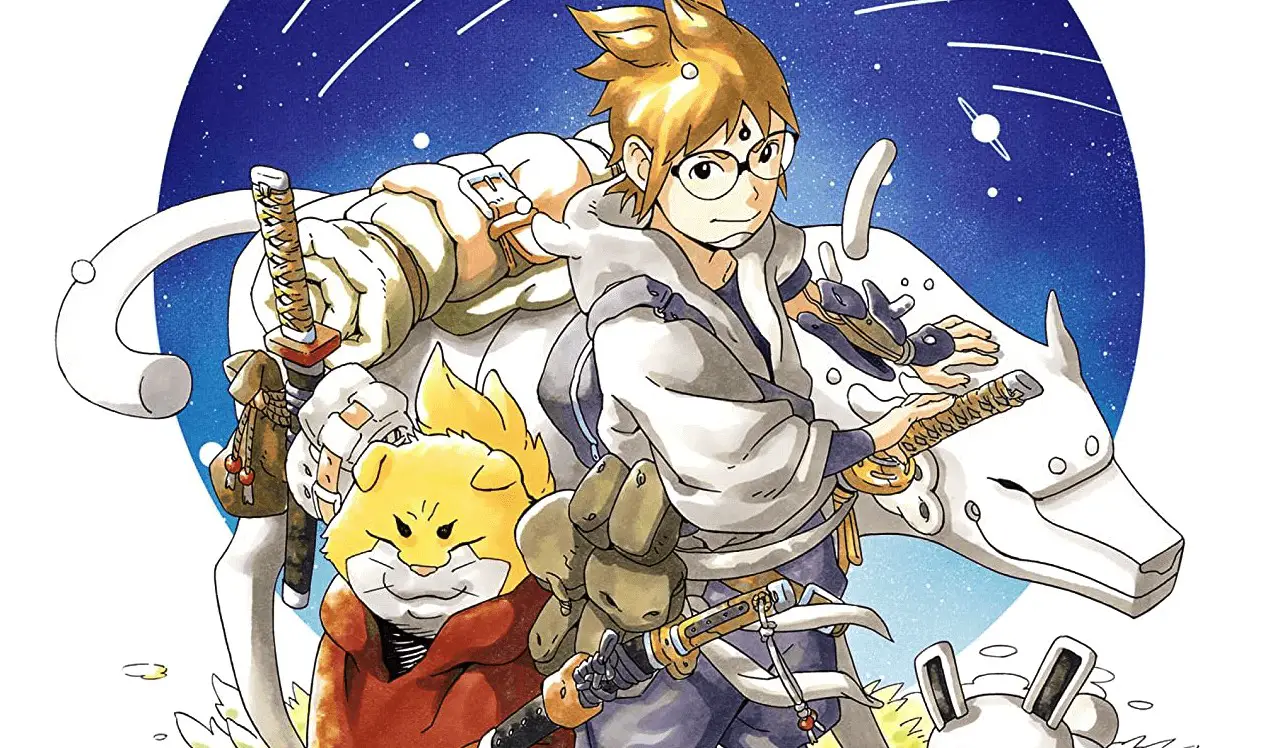
Kishimoto’s Married Life
Well of course during the publication of Naruto, Kishimoto had gotten married and had kids, but he was extremely busy with the Naruto series explaining why he sort of influenced Naruto’s character in the current Boruto series, where he is constantly working and rarely gets to see his family, so adult Naruto was based off Kishimoto’s experiences as a father.
How Masashi Kishimoto Inspired Many People Around The World
Masashi Kishimoto went from his bad grades and obsession with basketball and baseball to becoming one of the greatest Mangaka of all time. All it took was that decisive moment of Kishimoto finding that Akira poster and deciding on wanting to become a Manga author.
Kishimoto’s resilience, discipline, and hard work all paid off, he was grafting for over 5 years before getting his big break with Naruto, going through many failures with different series, but of course, these trials and errors led to his being immortalized throughout the Manga community.
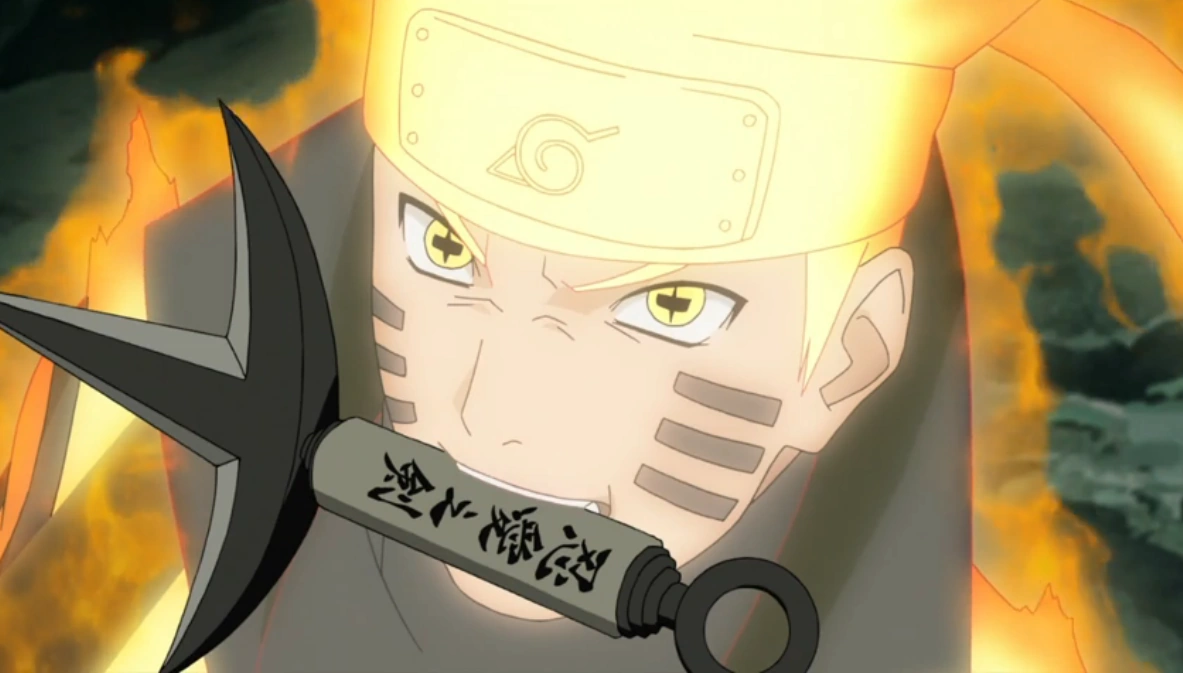
So many of us can take inspiration from Kishimoto’s life, not only did he ingrain Naruto’s “Believe It” catchphrase into us from an early age, but he left countless life-changing meanings in the series.
So for you guys who are reading this and already think you’ve failed at life, all it takes is one single point for you to find your true purpose if Kishimoto can decide to become a Mangaka from just an Akira poster he came across, you can literally do whatever you want, failure is a part of life but it leads to infinite success, so if no one has hope in you or your dreams look them dead in the eyes and say, “Believe It.”
Where is Kishimoto now?
After creating Naruto for 15 years non-stop, Kishimoto needed a break, so he could enjoy his life. Not to mention that he didn’t get to spend much time with his child when he was creating Naruto.
In 2019, Kishimoto wrote a message in Weekly Shonen Jum Issue 44 that he took a sharp blow to the heel of his right leg. He also mentioned that he has been having a lot of leg troubles recently.
Well, working for 15 years non-stop while sitting at the same spot for about 20 hours a day must have gotten troll on his body. And the main reason why he didn’t continue Boruto by himself, is because of his health condition, so he wanted to take a break.
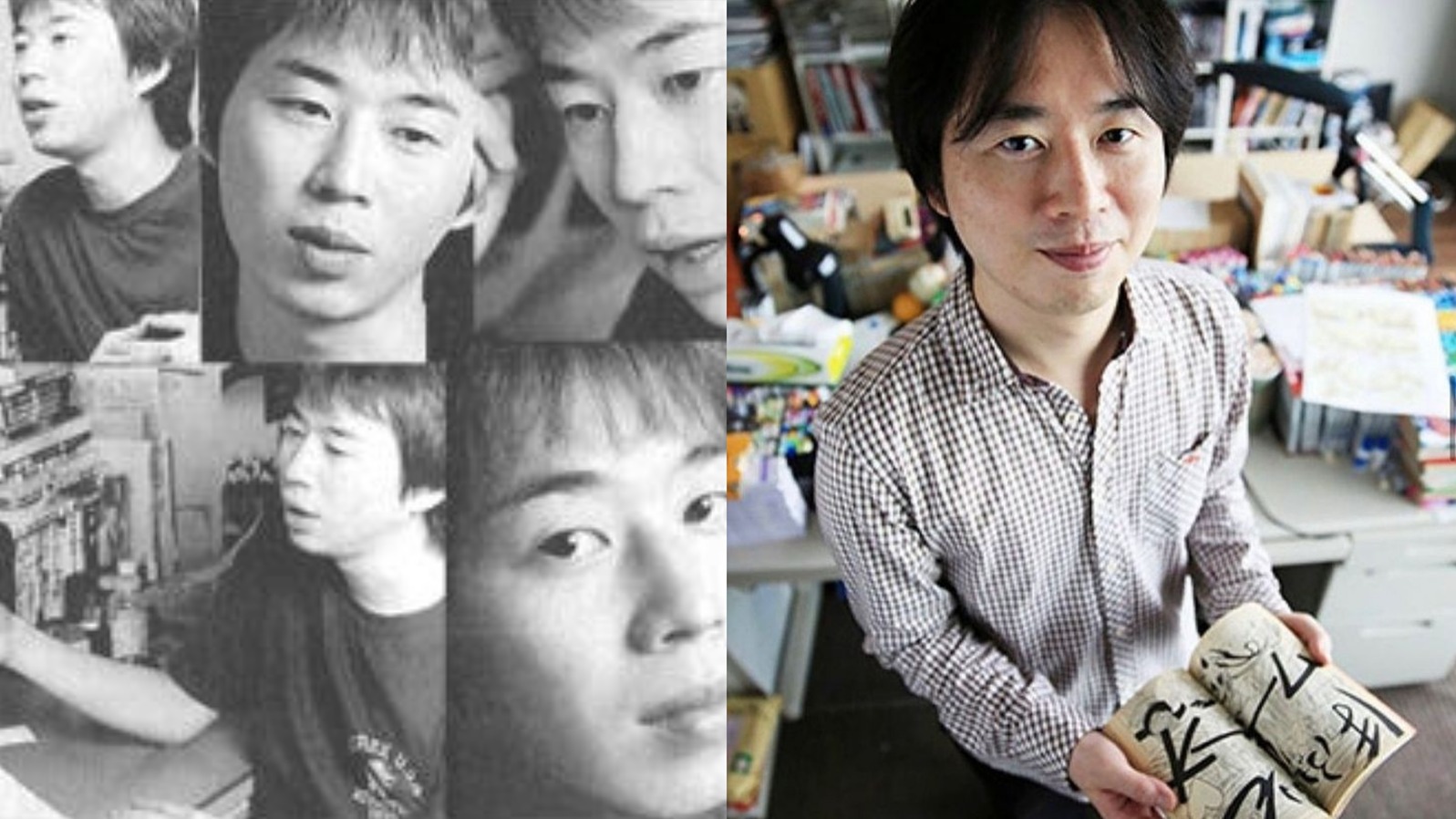
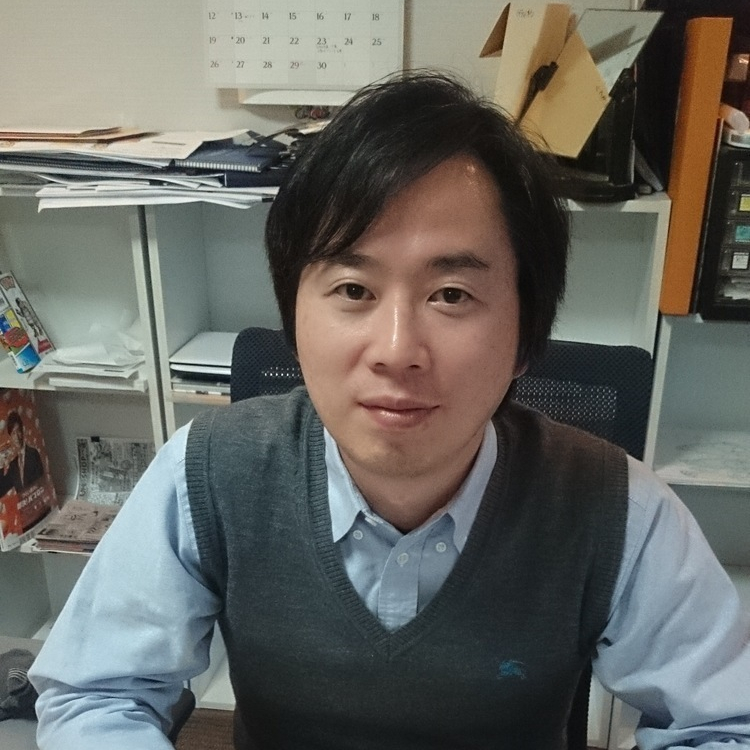
Why did Kishimoto Return as a Writer for the Boruto Series?
So, in 2016, he gave Mikio Ikemoto and Ukyo Kodachi the duty to make Boruto. However, after so many negative comments on Boruto, Kishimoto had no choice but to return to save the work he worked for more than 15 years.
So, in November 2020, Kishimoto fired Ukyo Kodachi, and once again continued to write for Boruto. Ukyo Kodachi wrote Boruto till the 14th volume, and Kishimoto continued the work after that.
Note that Kishimoto only writes the storyline for Boruto, and Ikemoto is one who has illustrated Boruto Manga from the beginning of the series. Ikemoto has also worked on some parts of Naruto as an assistant Mangaka for Kishimoto.

